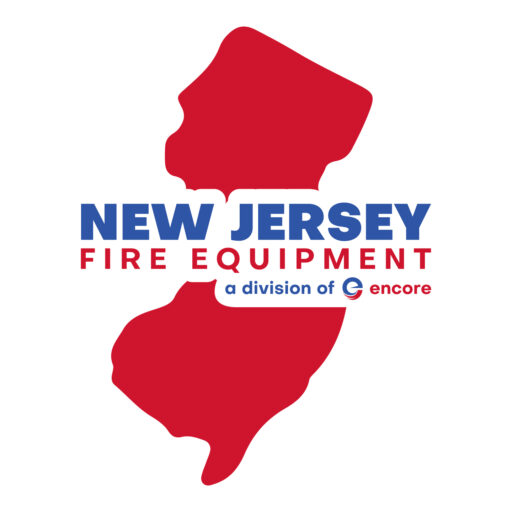Applied to fuel fires as either an aspirated (mixed & expanded with air in a branch pipe) or non aspirated form to form a frothy blanket or seal over the fuel, preventing oxygen reaching it. Unlike powder, foam can be used to progressively extinguish fires without flashback.
- AFFF (aqueous film forming foam), used on A and B fires and for vapor suppression. The most common type in portable foam extinguishers. It contains fluoro tensides which can be accumulated in human body. The long-term effects of this on the human body and environment are unclear at this time.
- AR-AFFF (Alcohol-resistant aqueous film forming foams), used on fuel fires containing alcohol. Forms a membrane between the fuel and the foam preventing the alcohol from breaking down the foam blanket.
- FFFP (film forming fluoroprotein) contains naturally occurring proteins from animal by-products and synthetic film-forming agents to create a foam blanket that is more heat resistant than the strictly synthetic AFFF foams. FFFP works well on alcohol-based liquids and is used widely in motorsports.
- CAFS (compressed air foam system) Any APW style extinguisher that is charged with a foam solution and pressurized with compressed air. Generally used to extend a water supply in wildland operations. Used on class A fires and with very dry foam on class B for vapor suppression.
- Arctic Fire is a liquid fire extinguishing agent that emulsifies and cools heated materials more quickly than water or ordinary foam. It is used extensively in the steel industry. Effective on classes A, B, and D.
- FireAde, a foaming agent that emulsifies burning liquids and renders them non-flammable. It is able to cool heated material and surfaces similar to CAFS. Used on A and B (said to be effective on some class D hazards, although not recommended due to the fact that fireade still contains amounts of water which will react with some metal fires).
